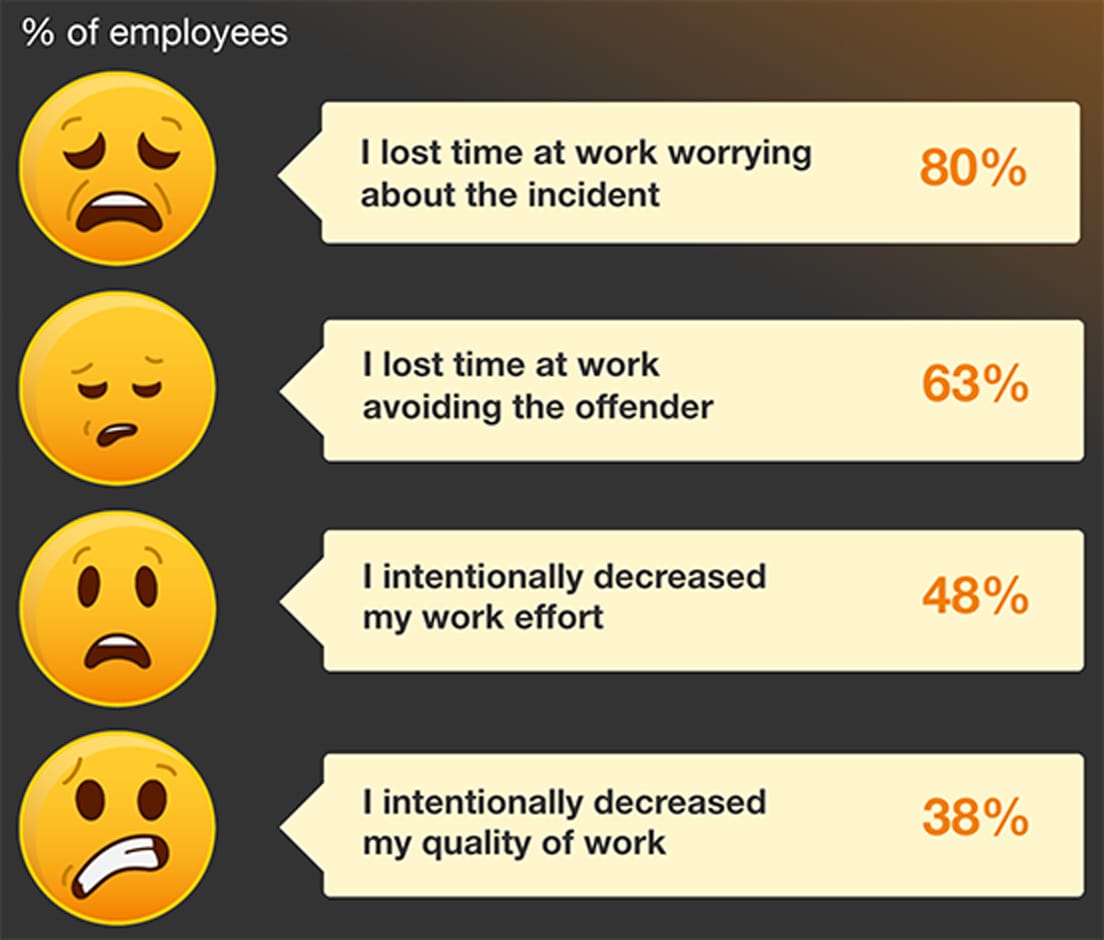| Plus, our most popular AI articles from 2018 |
 |
January 11, 2019 |
|
 |
| Our best ideas, quick and curated |
|
|
|
|
| This week, how to think about innovation and a cautionary tale about the hidden toll of workplace incivility. Plus, our most popular articles on artificial intelligence from 2018. Subscribe to get the Shortlist in your inbox on Fridays. |
|
|
|
| A fresh mind-set—something many of us aspire to as a new year begins—is the key to innovative thinking. In the corporate context, such a mind-set can help leaders devise creative solutions to familiar (and pesky) problems. |
| But it’s no secret that innovation is difficult for established companies. They tend to succeed more by optimizing existing businesses than through game-changing creativity. In the digital age, the pace of change has gone into overdrive. So companies that want to stay ahead of the curve and innovate successfully—from retail to natural resources to heavy industry—must build an operating system that optimizes strategic, creative, and organizational factors. |
| A few years ago, McKinsey undertook a broad study of more than 2,500 executives in over 300 companies. The group included both performance leaders and laggards. We found that every big company that performs well in product, process, or business-model innovation has eight essential attributes in place, either in full or in part. |
| The attributes cover the arc of innovation: from setting the terms and conditions under which it is likely to thrive to organizing so that innovative practices can be repeated over time and contribute meaningfully to overall performance. |
| Creative insights are invaluable, but many companies run into difficulty not because new ideas are scarce. Instead, they struggle to determine which ideas to scale up. At bigger companies, this can be particularly problematic during market discontinuities, when supporting the next wave of growth may seem too risky—until competitive dynamics force painful changes. |
| How do companies develop the kind of innovative insights that excite customers and create new categories and markets? Genius helps, if you have access to it. But the rest of us should follow a three-part thought process, looking for the following: a valuable problem to solve, a technology that enables a solution, and a business model that generates money. You could argue that nearly every successful innovation incorporates these three elements. |
| Too often, companies simply get in their own way. A surprising number of impressive innovations were driven by mavericks who succeeded in part because they bypassed their companies’ early-approval processes. Clearly, there’s a balance to strike: bureaucracy must be held in check, yet the rush to market shouldn’t come at the expense of clear decision making by managers with the right knowledge and experience. |
| As many CEOs have discovered, inspirational messages about innovating aren’t enough. Companies should also assign a value to innovation and the financial growth it can generate. Quantifying an innovation target and making it an explicit part of a strategic plan helps solidify its importance. And, the target itself must be large enough to force managers to include innovation investments in their business plans. That’s because if they can make their numbers using other, less risky tactics, our experience suggests that they (quite rationally) will. |
| Big companies don’t easily reinvent themselves as leading innovators. For those that make the attempt, innovation excellence is often built in a multiyear effort that touches most if not all parts of the organization. The ability to frame new ideas in an attractive way is important for reaching customers, of course, but it also improves the likelihood that a company can rekindle that lost spark of innovation. |
|
|
| OFF THE CHARTS |
| No happy emojis at the office last year? |
| The cost of incivility at work is steep. To remedy the rudeness—by managers and employees alike—companies should start with the boss. Check out this interactive (static version below) on office outrage, as well as some of the other big management topics we covered last year, in the McKinsey Quarterly Five Fifty’s annual review. |
 |
|
|
| MORE ON MCKINSEY.COM |
| A practical guide to developing agile teams | How do you identify the personality traits and values that help agile teams bloom as you recruit and coach your people? Here are some pointers. |
| The future of automated ports | Ports have moved more slowly toward automation than sectors like mining and warehousing, but the pace of change is starting to accelerate. |
| What’s up with the impact economy? | A mature impact economy would help power growth while solving global social and environmental challenges. We offer a status report on the path to maturity. |
|
|
| BACKTALK |
| Have feedback or ideas? We want to hear from you. |
|
|
|
|


| |